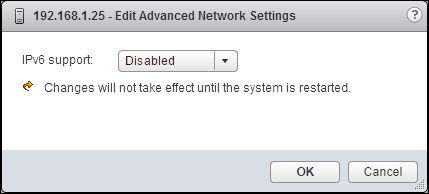In this chapter, we will cover the following topics:
Determining network bandwidth requirements
Standard or distributed virtual switches
Providing network availability
Network resource management
Using private VLANs
IP storage network design considerations
Enabling jumbo frames
Designing for VMkernel services
Creating custom TCP/IP stacks
vMotion network design considerations
IPv6 in a vSphere design




































































